In honor of Independence Day, we celebrate red, white and blue in nature.
Cardinal redbirds are seen all year, but cardinal flowers bloom a fiery red in late summer, and attract hummingbirds, butterflies and humans. These native plants are often found near water.
The bald eagle is our patriotic symbol. Adults sport the familiar, white-feathered head.
Our springs provide deep blue waters with natural cooling on hot summer days. If you've never been to a natural spring, summer is a great time to visit. Blue catfish and bluegill are popular summer fish.
And showing off red, white and blue in its head and neck is the wild turkey. Fitting colors for an animal that Benjamin Franklin had proposed to be our national symbol. He thought the turkey more dignified than the scavenging eagle.
You can celebrate this year’s 4th of July by seeing how many things in nature you can spot that are red, white and blue.
Red, White and Blue Birds
- Cardinals can be found in nearly every hedge, thicket, or berry patch during the summer whether in rural areas, towns, or suburbs.
- Summer Tanagers are the only fully red bird on our continent. You can hear their chucking call throughout summer. Watch for them winging through the air catching bees and wasps. Females are mustard-colored.
- Great Egrets fish like herons by wading and standing still and quickly jabbing at fish with their bill. They are slow but powerful flyers. Great egrets were over-hunted in the 19th century and are a symbol for the National Audubon Society founded to protect birds.
- American White Pelicans are a massive bird with a snowy white body. These ancient looking flyers will arrive in wetlands in August.
- Indigo Buntings sing from dawn to dusk through late spring and summer from tall perches. Females and immature males have a brownish coloring.
- Blue Grosbeaks breed along roads and open areas building nests low in trees and shrubs in young forests. Males sing a rich, warbling song. Females are cinnamon-colored.
Discover more about birds and birding in Missouri.
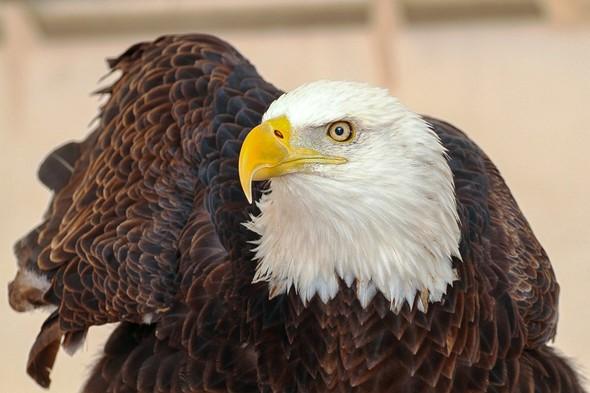
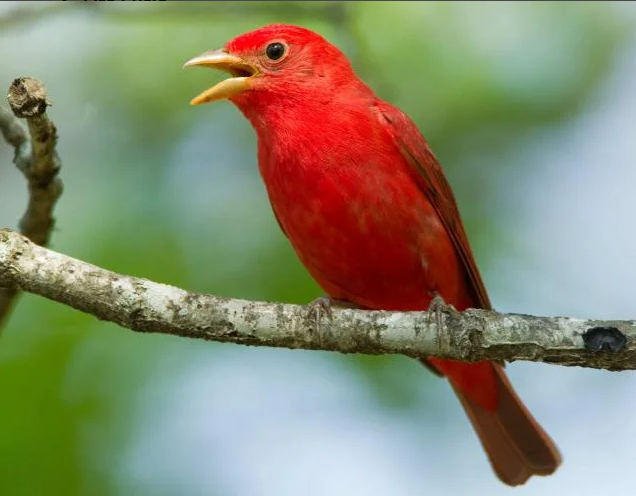
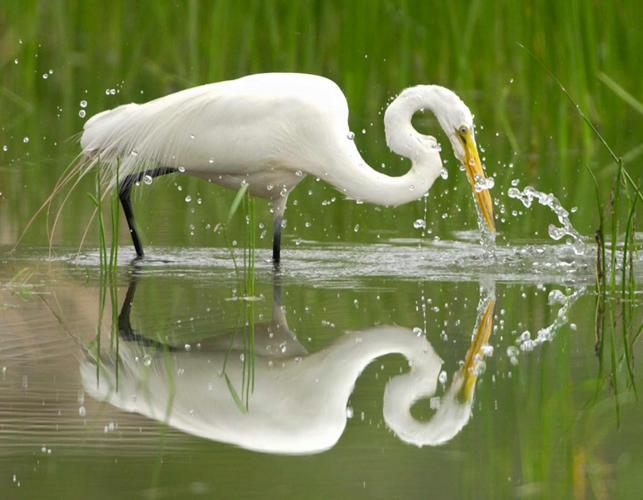
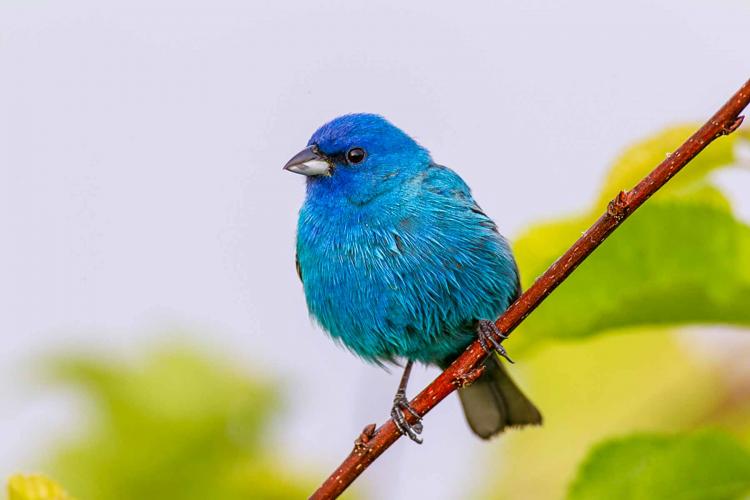
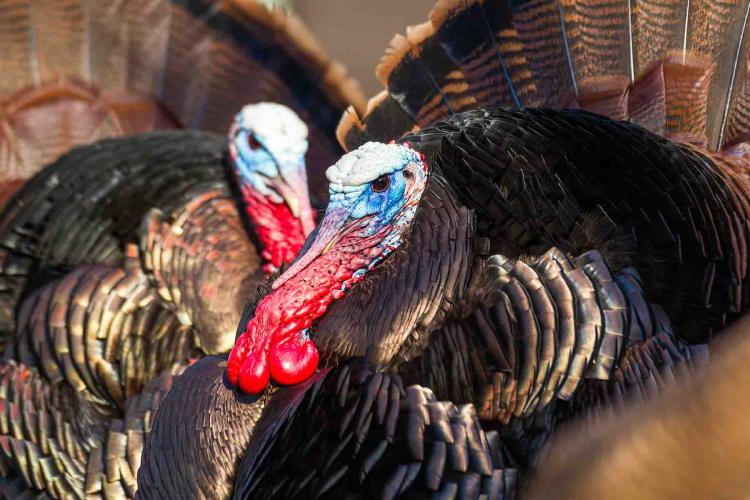
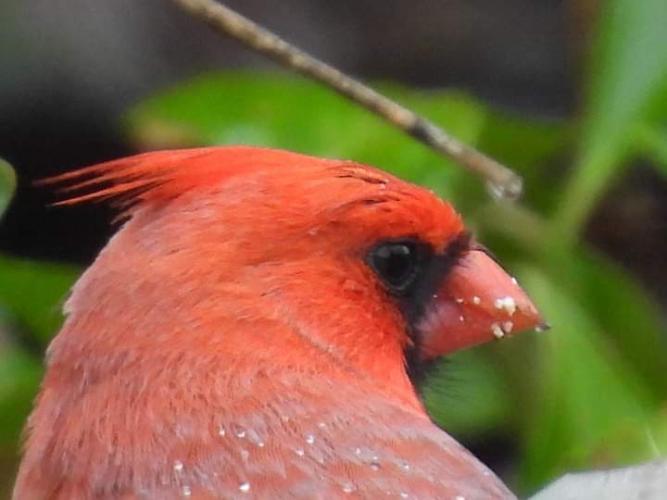
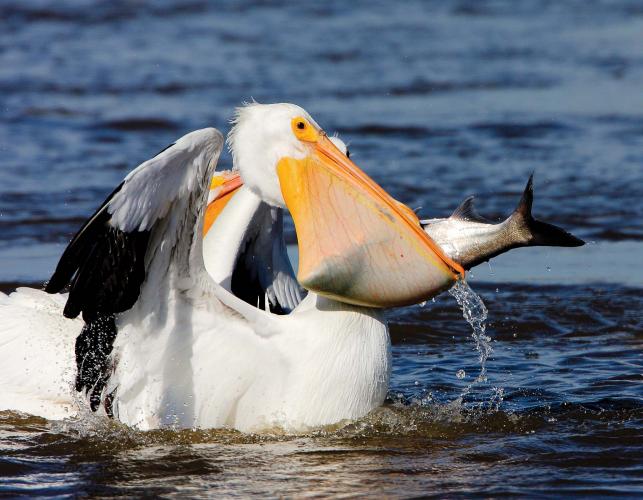
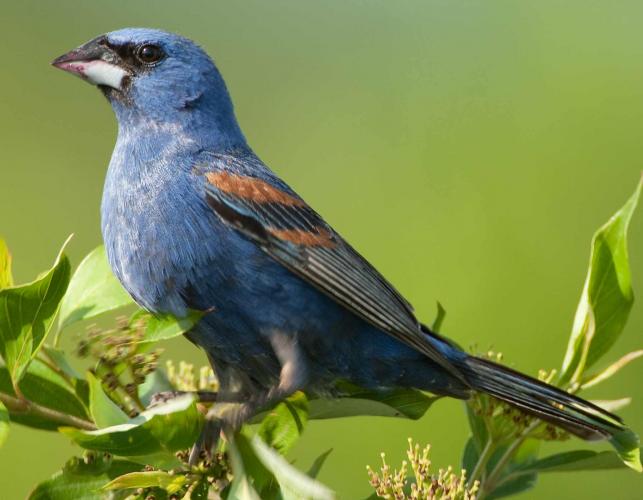
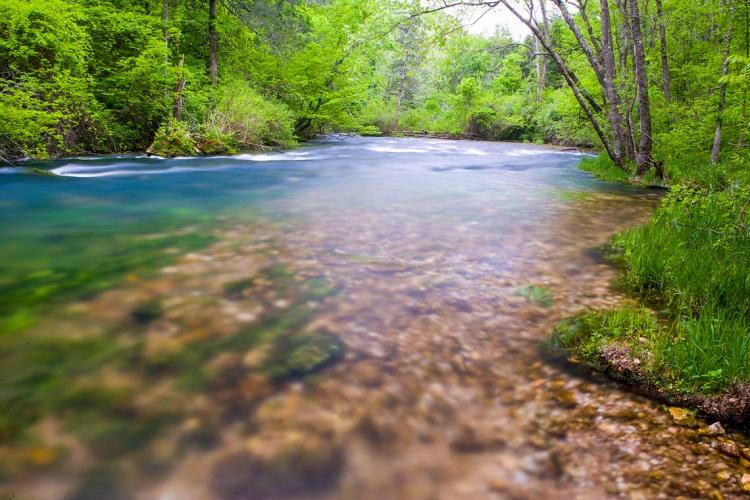
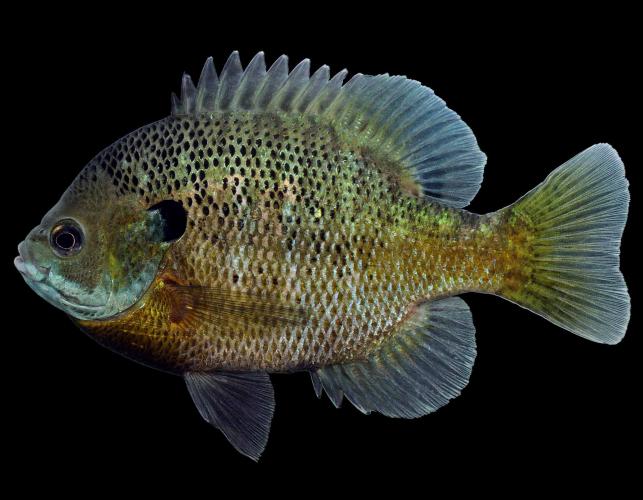
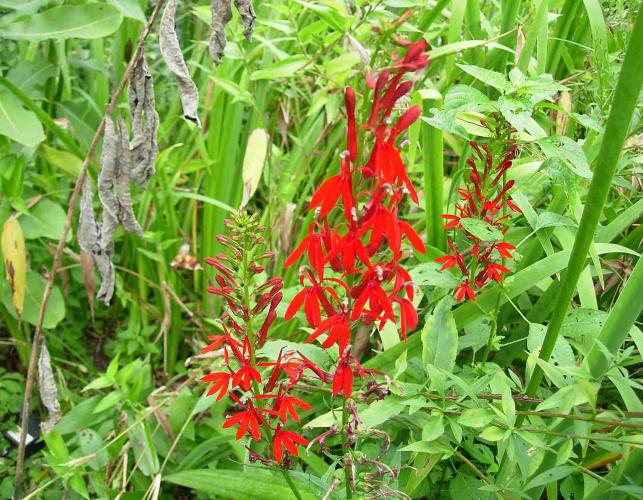
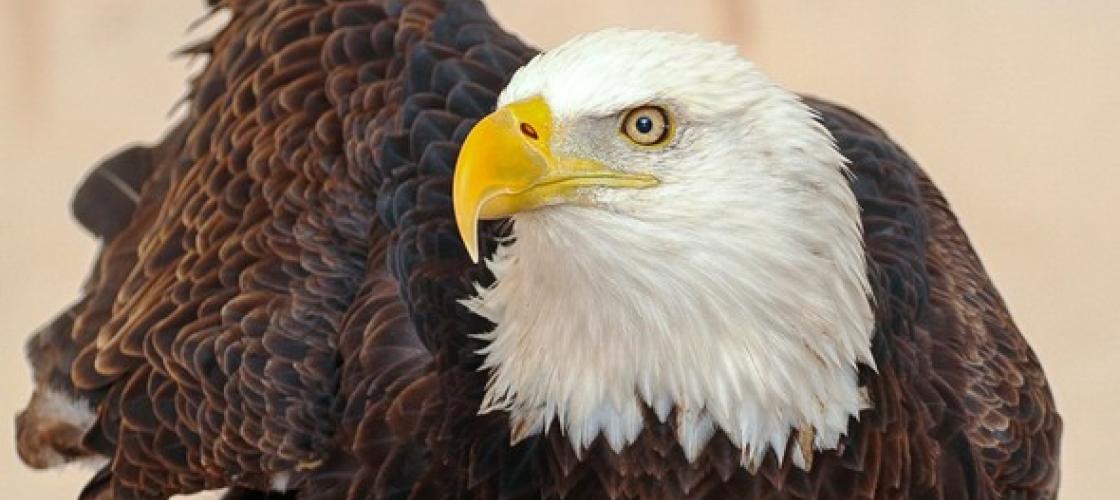

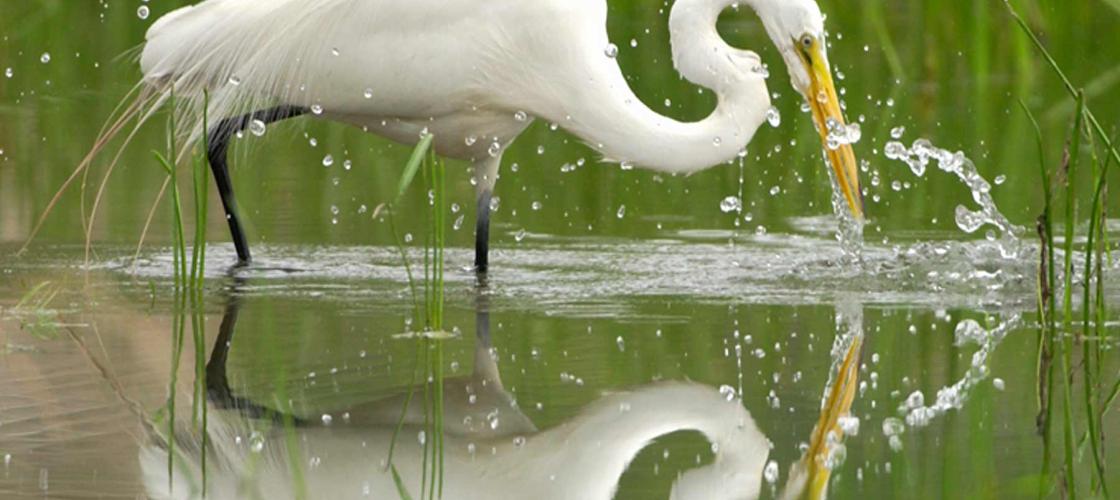
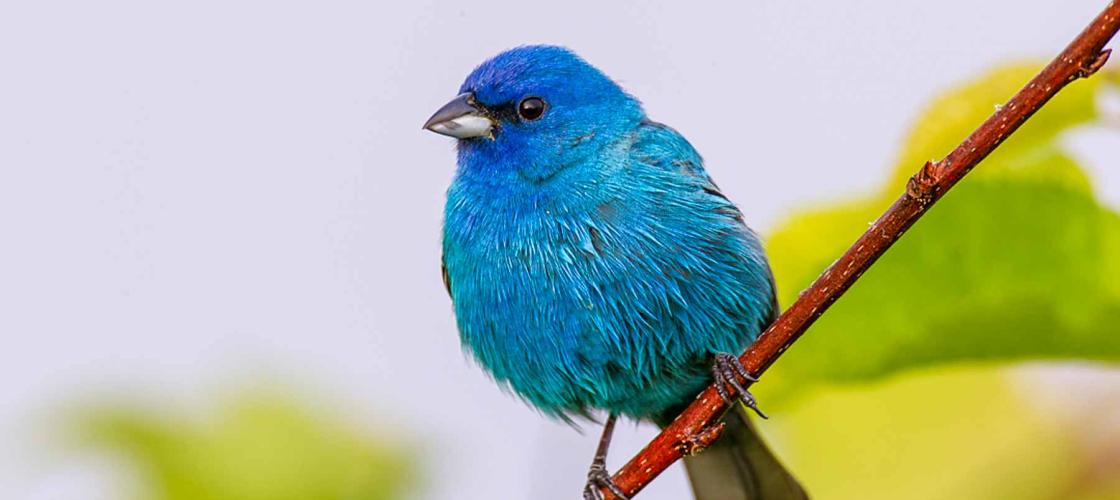
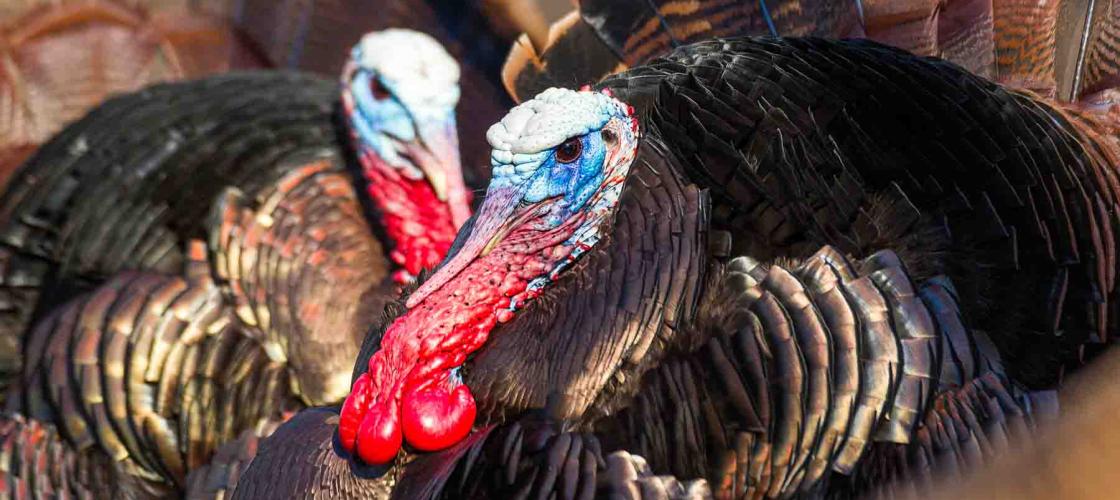
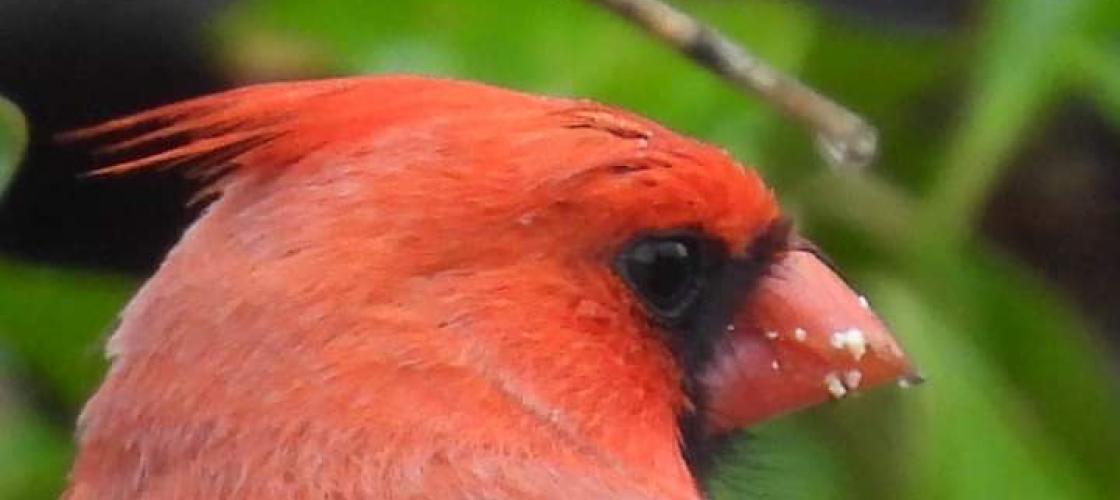
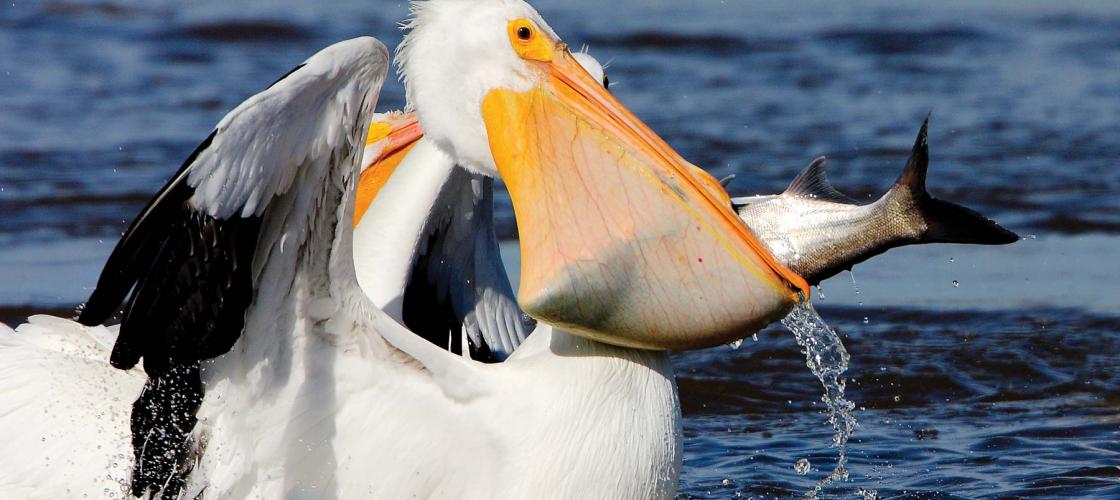
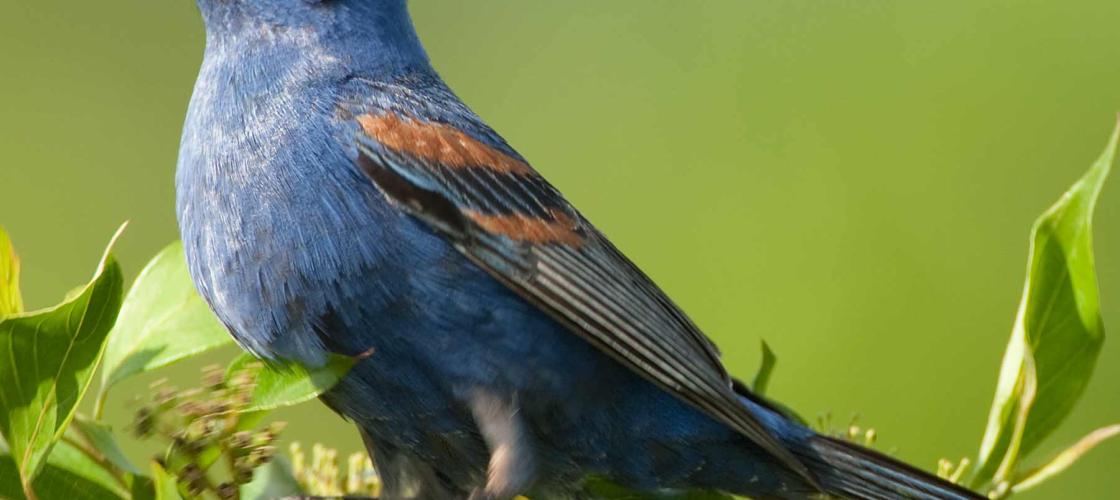
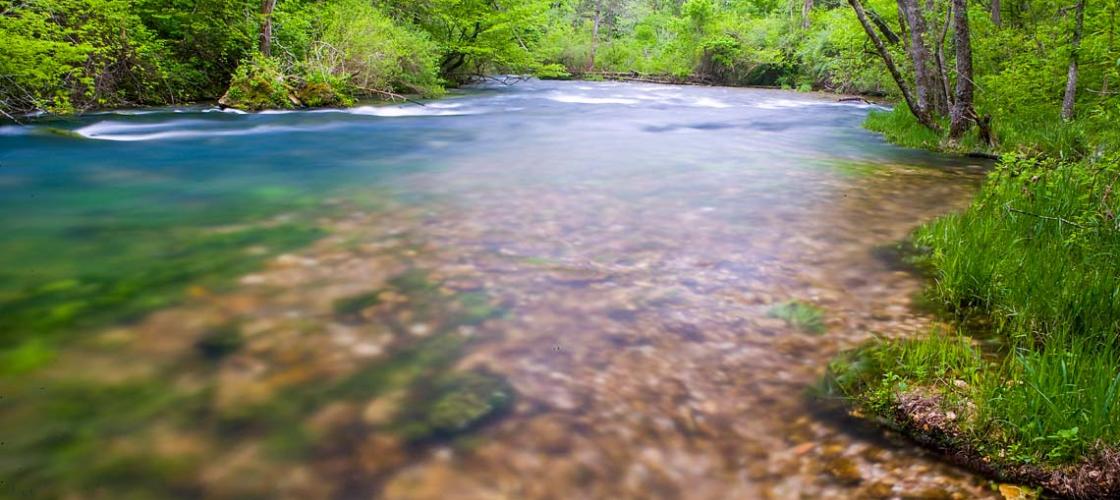
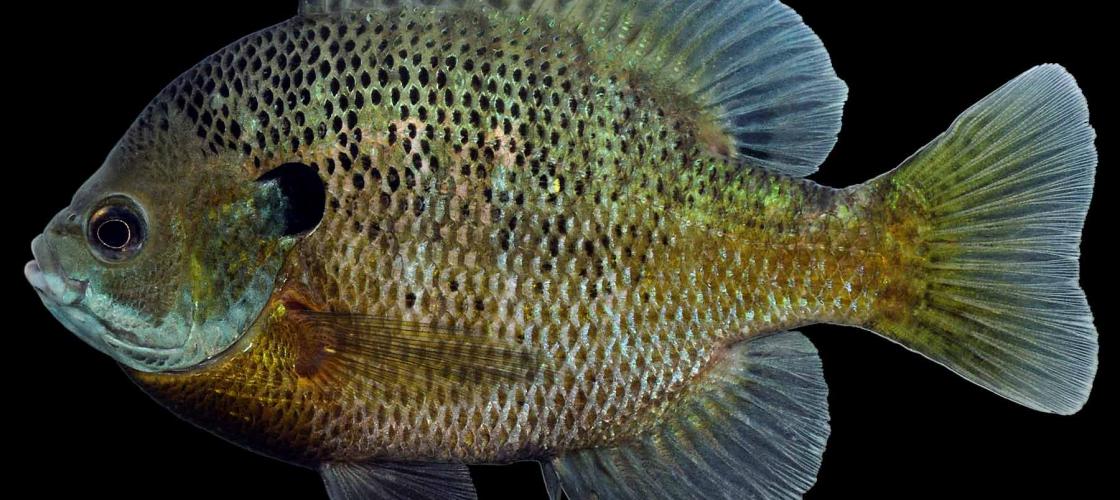
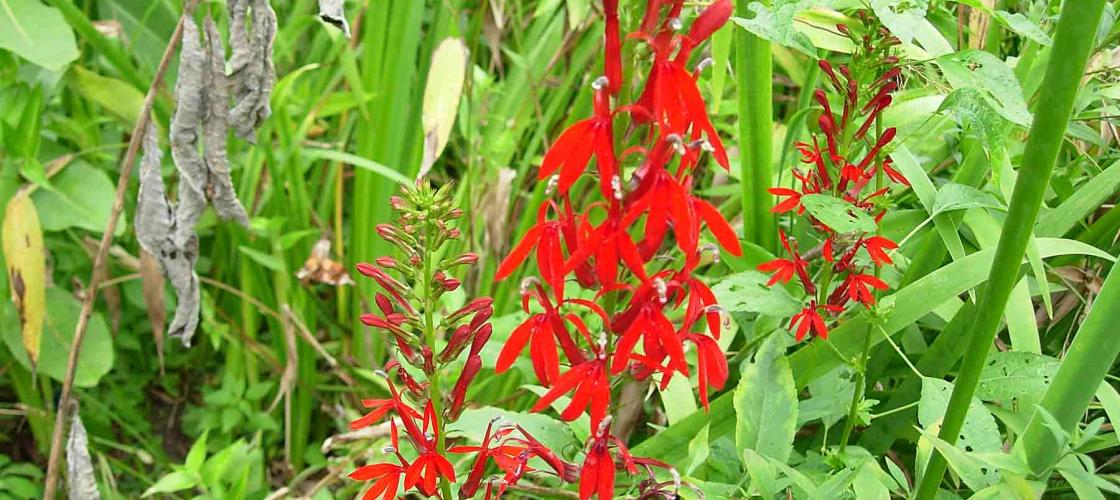
Recent Posts
























